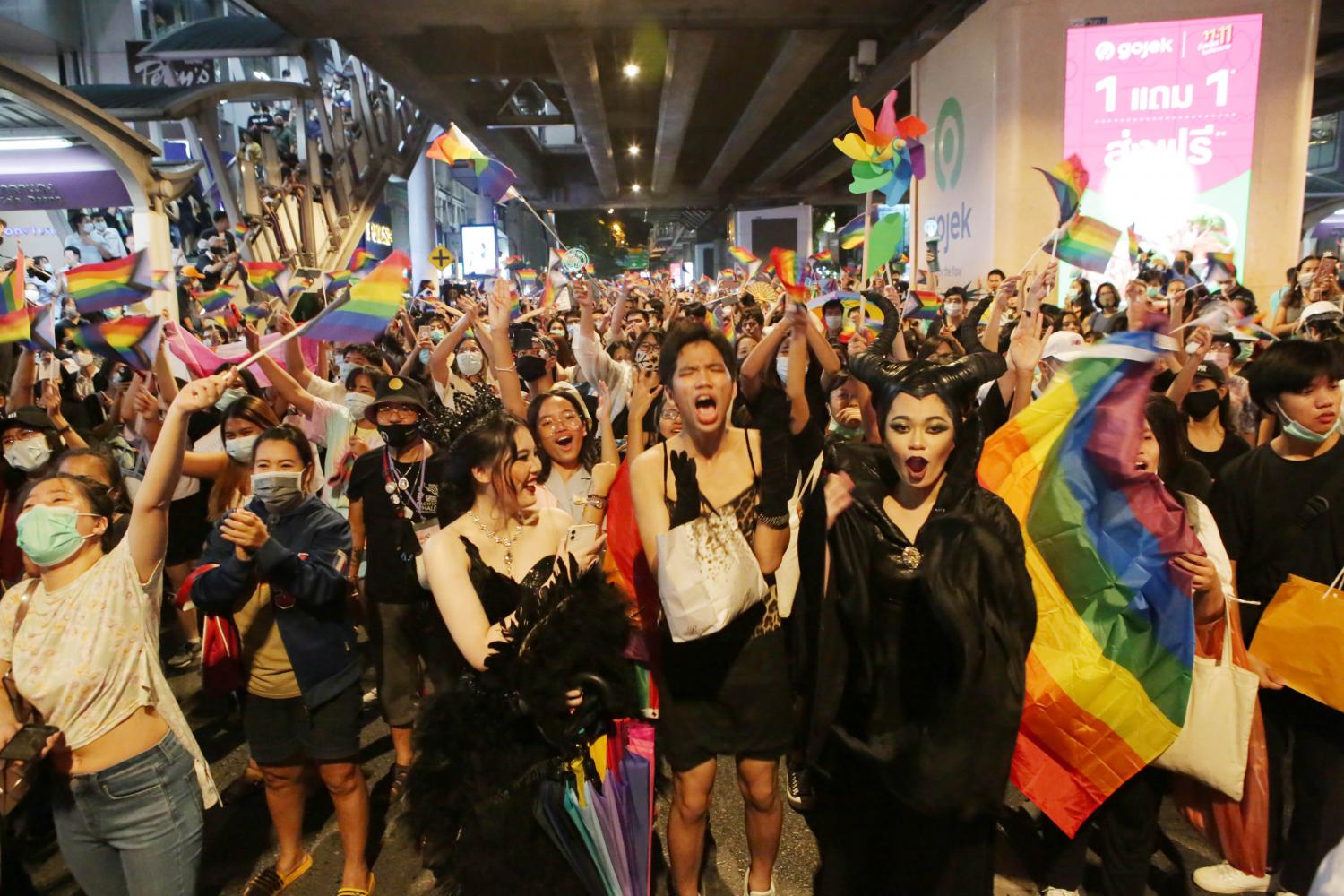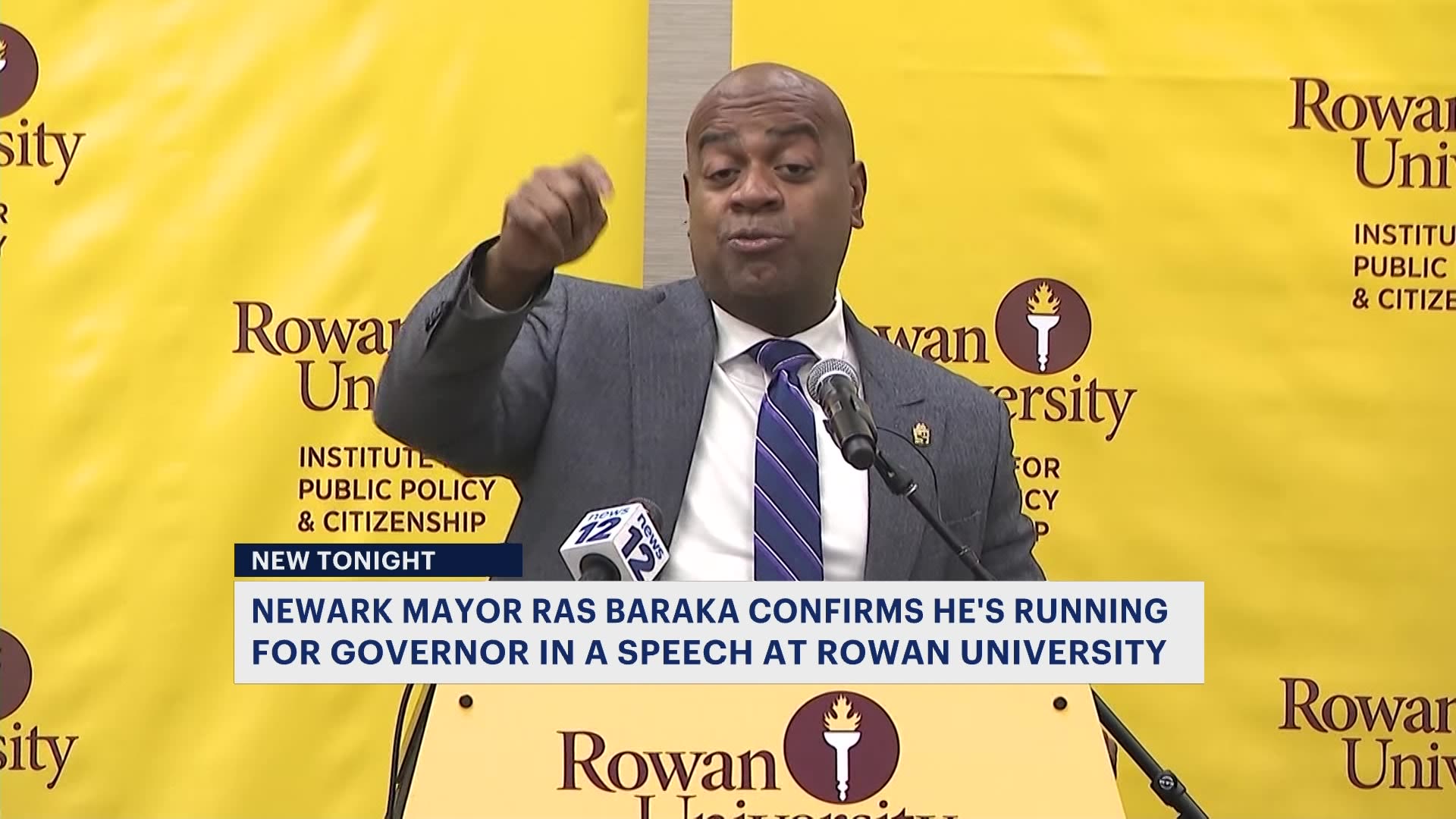The Complexities Of Trump's Transgender Military Ban Policy

Table of Contents
The Policy's Genesis and Rationale
The initial announcement of the transgender military ban in 2017 was met with widespread condemnation. The Trump administration justified the policy primarily on grounds of cost and combat readiness. However, these justifications have been heavily scrutinized and contested.
-
Healthcare Costs: The administration claimed that providing healthcare for transgender service members, including gender confirmation surgeries, would impose an undue financial burden on the military. These claims were often based on estimates that lacked empirical evidence and were contradicted by studies showing relatively low healthcare costs associated with transgender care.
-
Combat Readiness and Unit Cohesion: Arguments against transgender inclusion frequently cited concerns about potential disruptions to unit cohesion and combat effectiveness. Supporters of the ban suggested that the presence of transgender individuals might negatively affect morale or create logistical challenges. However, these arguments largely ignored the extensive service records of transgender individuals who served openly and successfully in other militaries worldwide.
-
Cited Studies and Reports: While the administration pointed to some studies, often cherry-picked and lacking rigorous methodology, many studies and reports from independent experts and organizations like the Williams Institute at UCLA School of Law demonstrated the lack of evidence supporting the administration's claims. These reports often showed that transgender individuals pose no greater threat to unit cohesion or combat readiness than their cisgender counterparts.
-
Counterarguments: Numerous experts and advocacy groups countered the administration's claims, arguing that the ban was discriminatory, based on flawed assumptions, and detrimental to military readiness. They highlighted the importance of diversity and inclusion within the armed forces, as well as the loss of qualified personnel due to the ban.
Legal Challenges and Court Battles
The transgender military ban faced immediate and sustained legal challenges. Numerous lawsuits were filed by organizations such as the American Civil Liberties Union (ACLU) and Lambda Legal, arguing that the ban violated the equal protection clause of the Fifth Amendment.
-
Key Organizations: The ACLU, Lambda Legal, and other LGBTQ+ rights organizations played pivotal roles in spearheading the legal challenges.
-
Court Arguments: Lawsuits focused on demonstrating the discriminatory nature of the ban, arguing that it targeted a specific group based on gender identity without a legitimate governmental interest. The government's arguments, centered on cost and readiness, were repeatedly challenged as lacking sufficient evidence.
-
Significant Rulings: Lower courts largely ruled against the ban, finding it discriminatory and unconstitutional. While the administration appealed, these rulings significantly impeded the full implementation of the ban. Ultimately, while the Supreme Court did not directly rule on the core issue of the ban's constitutionality, the administration's efforts to enforce it were effectively blocked.
-
Supreme Court Involvement: While the Supreme Court did not directly hear the core constitutional challenge, related cases concerning transgender rights influenced the broader legal landscape and ultimately contributed to the failure of the ban to stand.
Impact on Transgender Service Members
The transgender military ban had a devastating impact on transgender service members. Many faced discharge from the military, resulting in the loss of benefits, employment opportunities, and healthcare access.
-
Discharge and Loss of Benefits: Transgender service members were forced out of the military, losing their jobs, pensions, and other benefits they had earned.
-
Mental Health Impacts: The ban led to increased rates of anxiety, depression, and suicidal ideation among transgender service members. The loss of their careers and the social stigma associated with the ban contributed significantly to their mental health struggles.
-
Recruitment and Retention: The ban negatively impacted the military's ability to recruit and retain qualified individuals. Potential recruits who identify as transgender were dissuaded from joining, and existing transgender service members were forced to leave, leading to a loss of talent and experience.
-
Personal Stories: Numerous stories emerged of transgender service members facing discrimination, harassment, and the heartbreaking consequences of losing their careers and sense of purpose. (While individual stories cannot be included here due to privacy concerns, their impact is undeniable.)
The Broader Political and Social Context
The transgender military ban must be understood within the broader context of the ongoing struggle for LGBTQ+ rights and the increasing polarization of American politics.
-
LGBTQ+ Rights Movement: The ban was part of a larger pattern of attacks on LGBTQ+ rights during this period, representing a significant setback for hard-won gains in equality.
-
Partisan Politics: The debate surrounding the ban became highly politicized, with strong partisan divisions. The policy largely reflected the political priorities and rhetoric of the Trump administration.
-
Public Opinion: While public opinion on LGBTQ+ rights has evolved positively over time, the debate surrounding the transgender military ban highlighted lingering societal biases and prejudices.
-
International Comparisons: Many countries have already integrated transgender individuals into their militaries without any negative impact on combat readiness or unit cohesion. This provides a contrast to the claims made to justify the US ban.
Conclusion
The Trump administration's transgender military ban was a deeply controversial policy with far-reaching consequences. Its stated justifications regarding healthcare costs and combat readiness were largely unsubstantiated and countered by considerable evidence demonstrating the lack of negative impact from transgender inclusion. The policy faced significant legal challenges, resulted in the unjust discharge of countless transgender service members, and negatively impacted the morale and readiness of the military as a whole. Understanding this policy requires considering its discriminatory nature, the extensive legal battles it generated, its devastating effects on individuals, and its connection to broader social and political struggles for LGBTQ+ rights. To ensure a more inclusive and equitable future, further research into transgender military service, the importance of transgender inclusion in the military, and the ongoing debate over the transgender military ban is crucial. Support organizations advocating for the rights of transgender individuals in the military, like the ACLU and Lambda Legal, and engage in respectful discourse to promote understanding and advocate for policy changes that prioritize equality and fairness.

Featured Posts
-
 Former Ag Pam Bondi To Release Documents On Epstein Diddy Jfk And Mlk
May 10, 2025
Former Ag Pam Bondi To Release Documents On Epstein Diddy Jfk And Mlk
May 10, 2025 -
 Bangkok Post Growing Calls For Transgender Equality In Thailand
May 10, 2025
Bangkok Post Growing Calls For Transgender Equality In Thailand
May 10, 2025 -
 High Potentials Bold Finale Why Abc Was Impressed
May 10, 2025
High Potentials Bold Finale Why Abc Was Impressed
May 10, 2025 -
 Racial Hate Crime Womans Unprovoked Attack Leaves Man Dead
May 10, 2025
Racial Hate Crime Womans Unprovoked Attack Leaves Man Dead
May 10, 2025 -
 Ice Protest Leads To Newark Mayor Ras Barakas Arrest
May 10, 2025
Ice Protest Leads To Newark Mayor Ras Barakas Arrest
May 10, 2025
